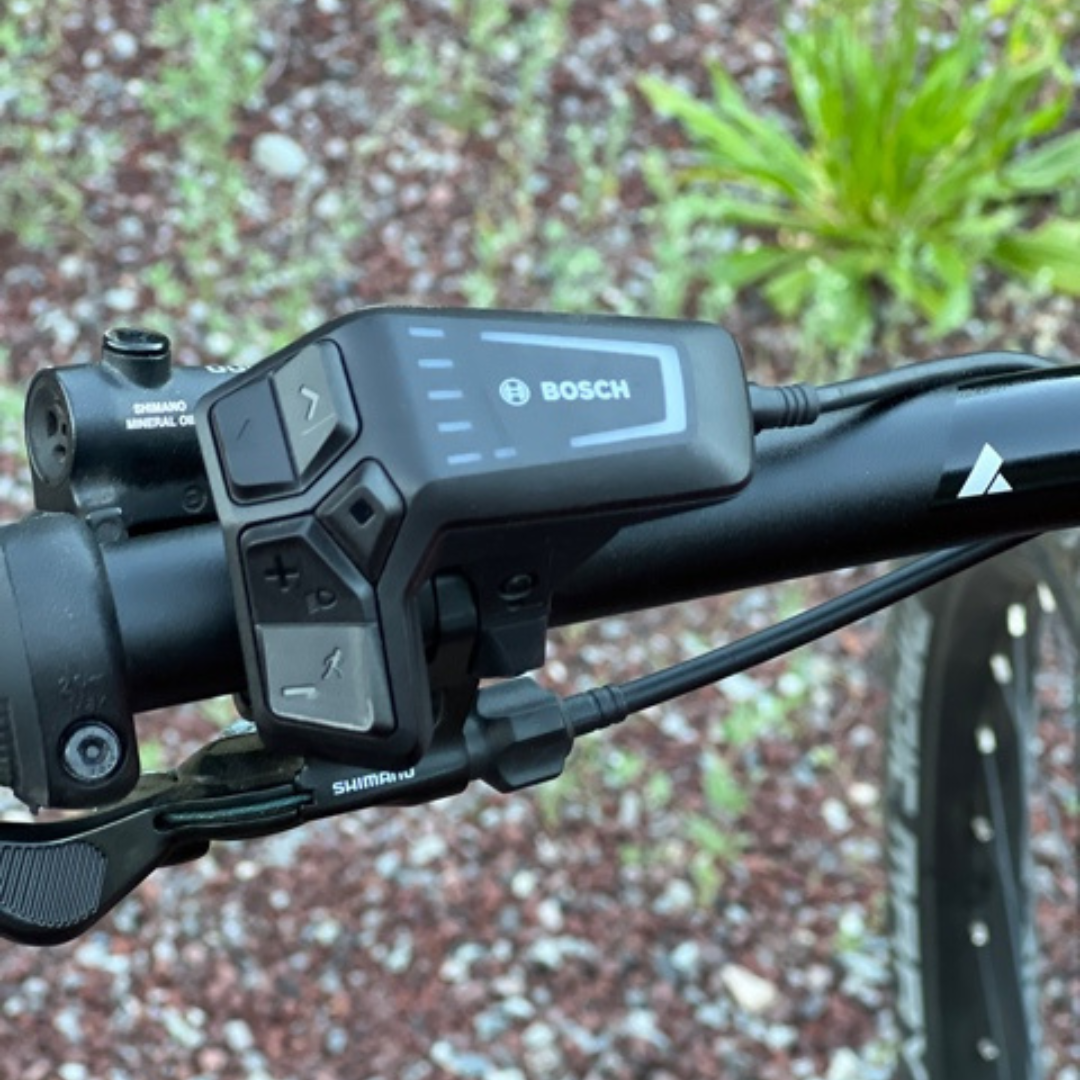
Riding Efficiently
- Aug 3, 2022
We've said it before: Range Anxiety is real, and none of us wants our pedal assist to “bonk” while on a ride. Having reliable and consistent power is what ebikes are all about. However, just like driving a car, the harder you push your ebike motor, the more fuel it needs. We all love the occasional feeling of near-flight speeds, but it’s a good thing to carefully manage the power supply during those in between times, too. We spoke with Hector at LA Fly Rides to gather tips and tricks so you can get most out of your ebike’s battery, whether you love the zippy speed of a Class 3 commuter or road bike or prefer the cruising speed of a Class 1.

- Pedaling at a moderate cadence will help your motor to work more easily. Aim for 75-90rpm. Most ebike displays have a pedaling cadence screen to help you stay in this range.
- Use your entire gear range. By shifting into a gear that doesn’t feel taxing to your legs or the motor, you will get the most out of your battery.
- On the flip-side, mashing down on harder gears in the highest assist will put significant strain on your legs, motor and battery.
- If equipped, use the dynamic pedal assist level like Bosh’s eMTB mode, which constantly adjusts pedal assist levels based on strain and rider input.
- When riding on flat surfaces, let your legs do the work. Use the lower half of your assist levels, as you won’t encounter much resistance.
- Save the higher assist levels for the big climbs, when you really need it.
- Wind resistance begins to play a major role above 18mph, so topping out your Class 3 ebike at 28mph will use up about 10% more battery power than a Class 1 its at 20mph assist limit.
- Similarly, riding at the top of the pedal assist’s speed will run through the battery more quickly. Try riding a couple mph below the bike top assist speed, around 18mph for Class 1 or 25mph for Class 3.
- Choose the right tires for your cycling style. Commuter/touring tires will provide a much more efficient ride on the road, but you’ll need MTB tires to grab the dirt while mountain biking.
- The amount of rider and gear weight will impact battery usage.
- Winter riding: If your ebike is stored in a cold area (garage/shed/etc. around freezing temp.) bring the battery inside each night, and charge it at room temperature.
- Battery Storage. If your bikes sits unridden for a season or two, it’s best to remove your battery from the bike or charger and store it inside at room temperature, leaving it at ~70% charge. Before riding again, charge the battery to 100%.
These simple practices will ensure you get the most out of your ebike’s motor and battery, so you can drop the range anxiety and enjoy the ride. And remember, if you manage to drain the battery, you can still pedal like a normal bike.


